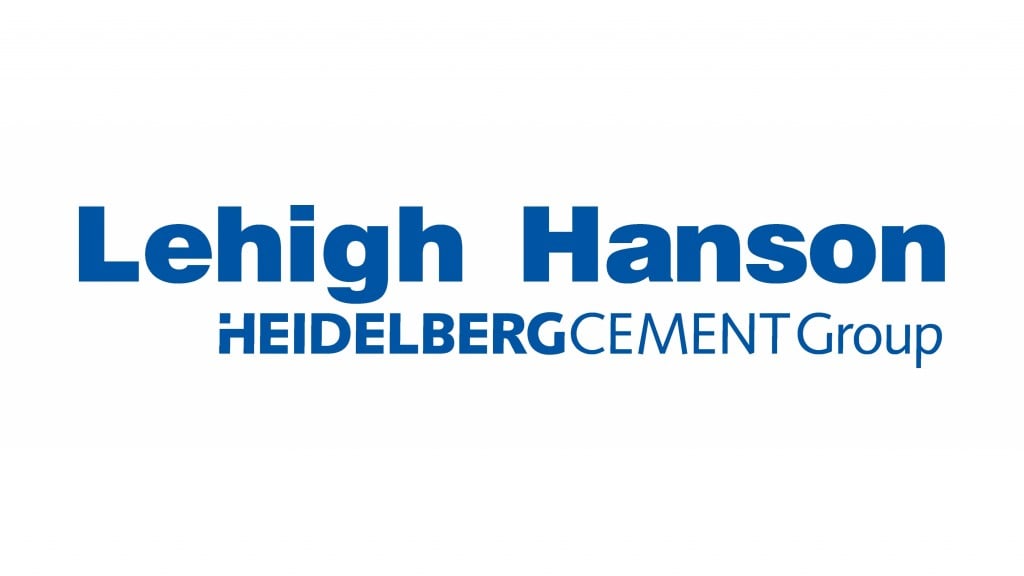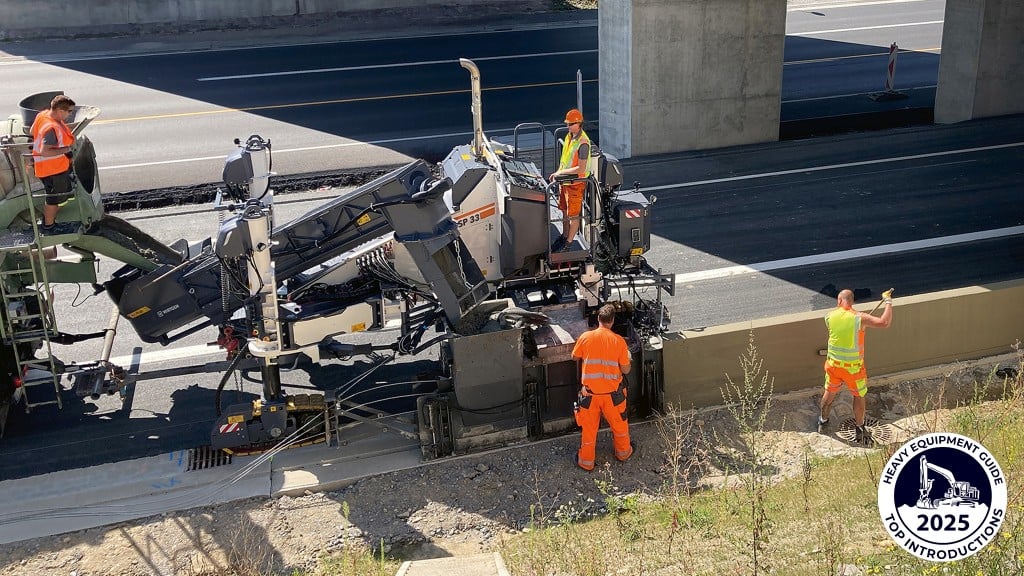Partnership explores feasibility of full scale carbon capture on cement
Lehigh Cement and International Knowledge Centre conducting study on CCS

Lehigh Cement and the International CCS Knowledge Centre have announced a feasibility study of a full-scale carbon capture and storage (CCS) project as a definitive solution to reduce greenhouse gas (GHG) emissions.
The study targets the feasibility to capture the majority of the carbon dioxide (CO2) from the flue gas of Lehigh's Edmonton, Alberta cement plant, significantly reducing its process and combustion GHG emissions. The study will encompass engineering designs, cost estimation (at an AACE Class 4) and a fulsome business case analysis.
"We are part of HeidelbergCement Group's vision of CO2 neutral concrete by 2050 and the potential of concrete to become the most sustainable building material. The Lehigh CCS study is a leading initiative for carbon capture in cement and demonstrates HeidelbergCement's commitment to lead global change for CCS in our industry," said Joerg Nixdorf, President, Lehigh Hanson Canada Region.
This is a North American first in the cement industry to examine the feasibility of full-scale CCS as a definitive solution to cut GHG emissions. The feasibility study at Lehigh's Edmonton plant is in advanced development, positioning it to be a world's first to implement full-scale carbon capture in the cement industry. The study will target a 90-95-percent CO2 capture rate, with the foundational learnings from the Boundary Dam 3 CCS Facility (BD3) - a world first in full-scale CCS (from a coal-fired power plant).
Lehigh and the Knowledge Centre will jointly conduct the study. The Knowledge Centre provides the experience-based knowledge needed to implement and optimize the operation of large-scale CCS; based on the lessons learned from both the fully-integrated BD3 and their work to reduce cost and risk through the advancement of second-generation CCS.
"CCS is a proven and effective emission reduction technology, so it is exciting to be part of a large-scale CCS initiative that builds on learnings from the world renowned Boundary Dam 3 CCS Facility. With this study and global leaders like Lehigh, the application of CCS moves its value beyond coal into cement," explained Beth Hardy, Vice-President , International CCS Knowledge Centre.
Emissions Reduction Alberta (ERA) is investing $1.4M in the feasibility study of CCS on an industrial cement facility. ERA invests the proceeds from the carbon price paid by emitters to develop and demonstrate innovative technology that reduces GHG emissions and strengthens the competitiveness of new and existing industries in Alberta.
"Once again, Alberta is ahead of the pack. Exploring CCS to reduce emissions in the cement industry is a prime example of the innovative, game-changing technology our TIER system will support. It also shows the bold leadership and entrepreneurial spirit of our industries, that continue to set an example by seeking out unique solutions and untapped technologies that can lower emissions at home and around the world," said Jason Nixon, Alberta Minister of Environment and Parks.
Objectives of the Lehigh CCS Feasibility Study
Phase I - Pre-feasibility Study
- The pre-feasibility study was conducted by the Knowledge Centre in collaboration with Lehigh.
- The objectives of this phase: to source capture proponents through an evaluative request for proposals process; define out-of-scope activities to be conducted by appropriate engineering support teams, scaled-estimates of costs, schedule and budget for phase II.
- Status: complete
Phase II - Feasibility Study
- The feasibility study is being conducted in collaboration of Lehigh and the Knowledge Centre.
- The objectives of the feasibility study: to deliver a cost estimate of Class 4 feasibility study; to secure one or more capture vendors to provide engineering design tailored to the Lehigh plant; to manage the process and engage third parties, as necessary; to complete a detailed business case; and to develop the budget for Front End Engineering Study (FEED).
- Status: underway
Phase III - FEED and Execution
- Following the completion of the feasibility study, a FEED Study would provide detailed engineering design and integration to Class 3 estimate and finalize the business case for final investment decision.
Quick Facts & Links
CCS & Cement at Varying Scale
- Large-scale and full-scale CCS means capturing at least 800,000 tonnes of CO2 annually for coal-fired power, and at least 400,000 tonnes of CO2 annually for other emissions-intensive industrial facilities (including natural gas power). (CO2RE database)
- There are several CCS and cement pilot initiatives underway in the world. These are small-scale (under 400,000 tonnes of CO2) and in early development.
- Lehigh Cement Edmonton estimates a capture rate of 600,000 tonnes of CO2 annually.
Cement Emission Overview
- Post combustion flue gas is remarkably similar in cement or coal thermal plants and CCS lessons learned can be readily adapted and transferred across the industries.
- Total emissions from the cement industry contribute as much as 8% of global CO2 emissions. (CICERO)
- Global demand for cement is expected to increase 12-23% by 2050 (IEA Report: Transforming Industry through CCUS)
- Concrete, a product of cement, is the second most consumed substance on the planet, next to water - with attributing roughly three tonnes of concrete yearly by every person on earth. (State of the Planet, Earth Institute, Columbia University).


